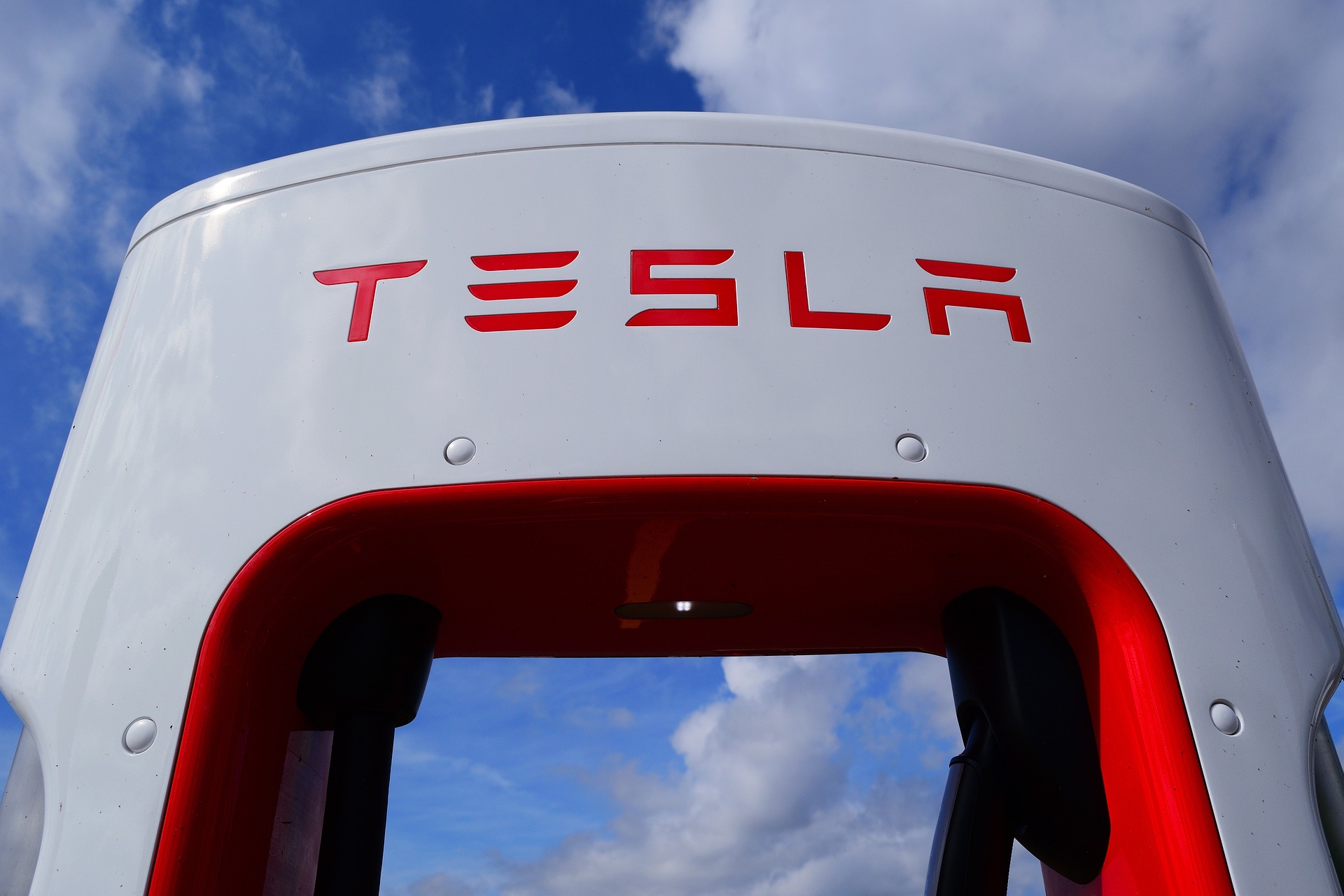How Tesla’s Price Cuts Intensify Competition in the EV Market
In the ever-evolving world of electric vehicles (EVs), Tesla has once again stirred the pot by implementing significant price cuts across its lineup. This strategic move has sent ripples through the automotive industry, intensifying competition and compelling both legacy automakers and new entrants to rethink their strategies. With the EV market poised for explosive growth, Tesla’s pricing decisions could reshape the landscape for years to come.
Tesla’s Bold Pricing Strategy
Tesla’s recent price reductions, announced in the third quarter of 2023, are a clear signal of the company’s aggressive push to maintain its leadership in the increasingly crowded EV market. As per the latest data from Tesla’s official announcements, the Model 3 and Model Y saw price cuts of up to 10%, while the premium Model S and Model X experienced reductions of around 5%. These adjustments aim to make Tesla’s vehicles more accessible to a broader range of consumers, thus expanding its market share.
Key Benefits of Tesla’s Price Cuts
- Increased Accessibility: Lower prices make Tesla’s vehicles more affordable to a wider audience, potentially boosting sales volumes.
- Competitive Edge: By reducing prices, Tesla pressures competitors to follow suit or risk losing market share.
- Market Expansion: Price cuts align with Tesla’s goal to accelerate the global transition to sustainable energy by making EVs more mainstream.
Impact on Competitors
Tesla’s pricing strategy has not gone unnoticed by other major automakers. Companies like BMW, Ford, General Motors, and Volkswagen are now grappling with the need to adjust their pricing strategies to remain competitive. Recent announcements from these automakers reveal a mix of responses, from price adjustments to enhanced feature offerings.
Legacy Automakers Respond
- BMW and Volkswagen: Both companies have announced plans to introduce more affordable variants of their electric models. BMW, for instance, is focusing on expanding its i-Series lineup, while Volkswagen is accelerating production of its ID. family of EVs.
- Ford and GM: These American giants are investing heavily in their EV production capabilities. Ford’s F-150 Lightning and GM’s Chevrolet Bolt are now being offered with new financing options to make them more appealing to cost-conscious consumers.
Government Policies and Market Dynamics
Government regulations and incentives continue to play a pivotal role in shaping the EV market. In the United States, the Environmental Protection Agency (EPA) has set ambitious targets to reduce emissions, while the European Union’s stringent CO2 regulations are pushing automakers towards electrification. Similarly, China’s policies favoring EV adoption further intensify the competitive landscape.
Charging Infrastructure Developments
The expansion of charging infrastructure is crucial to supporting the growing number of EVs on the road. Tesla’s Supercharger network remains a significant advantage, with recent expansions announced across North America and Europe. Meanwhile, Electrify America and other networks are also scaling up efforts, ensuring that range anxiety becomes a thing of the past for EV owners.
Industry Insights and Analysis
Industry reports from BloombergNEF and the International Energy Agency (IEA) highlight the rapid growth trajectory of the EV market. According to BloombergNEF, global EV sales are projected to surpass 14 million units by 2025, driven by technological advancements and favorable regulations. McKinsey’s analysis further underscores the importance of pricing strategies in capturing market share, especially as battery costs continue to decline.
Practical Advice for Potential Buyers
For potential EV buyers, Tesla’s price cuts present an opportune moment to consider making the switch to electric. Here are some practical insights:
- Evaluate Total Cost of Ownership: Beyond the purchase price, consider savings on fuel, maintenance, and potential tax incentives.
- Charging Infrastructure: Assess the availability and accessibility of charging stations in your area, especially if planning long-distance travel.
- Future-Proofing: With automakers rapidly advancing their EV technologies, look for models with over-the-air software updates and robust battery warranties.
Conclusion: A Forward-Looking Perspective
Tesla’s recent price cuts mark a pivotal moment in the EV market, setting the stage for heightened competition and innovation. As automakers vie for market dominance, consumers stand to benefit from a wider selection of affordable and technologically advanced electric vehicles. With the global shift towards sustainability gaining momentum, Tesla’s strategic pricing decisions could very well accelerate the pace of EV adoption worldwide.
Looking ahead, the interplay between pricing strategies, government policies, and technological advancements will continue to shape the future of the automotive industry. As electric car enthusiasts and potential buyers navigate this dynamic landscape, staying informed about the latest developments will be key to making well-informed decisions.
In this rapidly changing market, one thing is certain: the race to electrification is more intense than ever, and Tesla’s latest moves have only added fuel to the fire.

